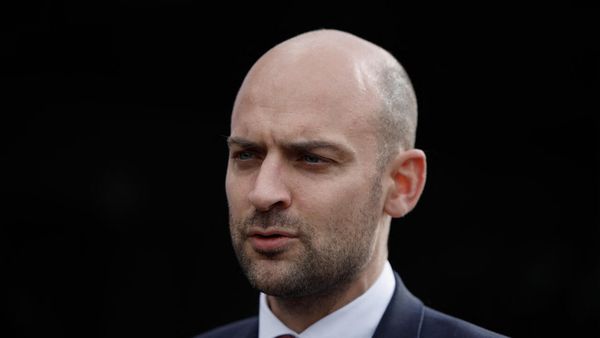
The proportion of children living in families which could not afford essentials fell by a quarter in the six years before the coronavirus pandemic, research suggests.
The rate of children in material deprivation fell from 24% in 2013 to 18% in 2019, according to analysis by the Institute for Fiscal Studies (IFS).
But over the same period relative child poverty rose, driven by benefit cuts, researchers found.
It increased from 27% in 2013 to 31% in 2019, its highest level since 2007, using a measure of children living in a household with income below 60% of the median.
The pre-pandemic reductions in child deprivation may go into reverse with particularly high energy price inflation and poorer families facing higher rates of inflation— Thomas Wernham
Researchers believe the reductions in material deprivation were in part down to a fall in the prices of essential goods including food and gas.
They say current inflation rates, not seen since the early 1980s, are “eroding the real value of household incomes”, and material deprivation among children could rise along with the cost of living.
The findings are published in the IFS’s annual report on living standards, inequality and poverty.
It found that the proportion of children living in material deprivation fell by six percentage points between 2013 and 2019, based on asking families whether they could afford a range of items and activities.
The proportion of children in low-income households whose families could not afford adequate heating fell from 22% to 12% over this period.
The IFS said this is likely to reflect a 17% fall in the real price of gas, with prices of clothing and unprocessed food also falling in real terms.
More low-income families reported having at least £2,000 in savings over this period.
The IFS said the share of children in relative poverty rose as earnings growth was “mostly offset” by real-term cuts to working-age benefits.
This was most pronounced in families with three or more children, rising from 34% to 47%, who were affected by the benefit cap and other policies.
As the leadership contest for the next prime minister debates future tax cuts which will cost billions, the most vulnerable families in our society are sinking under an historic cost-of-living crisis— Imran Hussain
Thomas Wernham, an IFS research economist and one of the report’s authors, said: “The share of children whose families couldn’t afford essentials fell substantially in the years leading up to the pandemic, even as income-based measures of child poverty flatlined or increased.
“A fall in the relative prices of essential goods such as gas, food and clothing in the years before the pandemic is likely to have played a part in this reduction.
“The pre-pandemic reductions in child deprivation may go into reverse with particularly high energy price inflation and poorer families facing higher rates of inflation.
“This is why the Government has targeted support for the rising cost of living at poorer families receiving means-tested benefits.”
Xiaowei Xu, an IFS senior research economist, and another author, added: “Cuts to working-age benefits since 2010 have pushed up relative child poverty despite rising employment incomes among poorer families with children.
“Large families have been particularly affected since they are more reliant on benefits and have seen bigger reductions in entitlements as a result of the benefit cap and two-child limit.”
Imran Hussain, director of policy and campaigns at Action for Children, said: “As the leadership contest for the next prime minister debates future tax cuts which will cost billions, the most vulnerable families in our society are sinking under an historic cost-of-living crisis.
“Today’s findings provide yet more proof that targeted support for low-income families such as the £20-a-week uplift to universal credit can lift children out of poverty.”
The research was funded by the Joseph Rowntree Foundation.
A Government spokesperson said: “The latest figures show there were 500,000 fewer children in absolute poverty after housing costs than in 2009/10.
“We know work is the best route out of poverty so we’re putting an average of £1,000 more per year into the pockets of working families on Universal Credit, have also boosted the minimum wage and are also saving the typical worker over £330 a year through a tax cut this month.
“We do recognise people are struggling with rising prices which is why we’re also protecting the eight million most vulnerable families with at least £1,200 of direct payments this year.”







